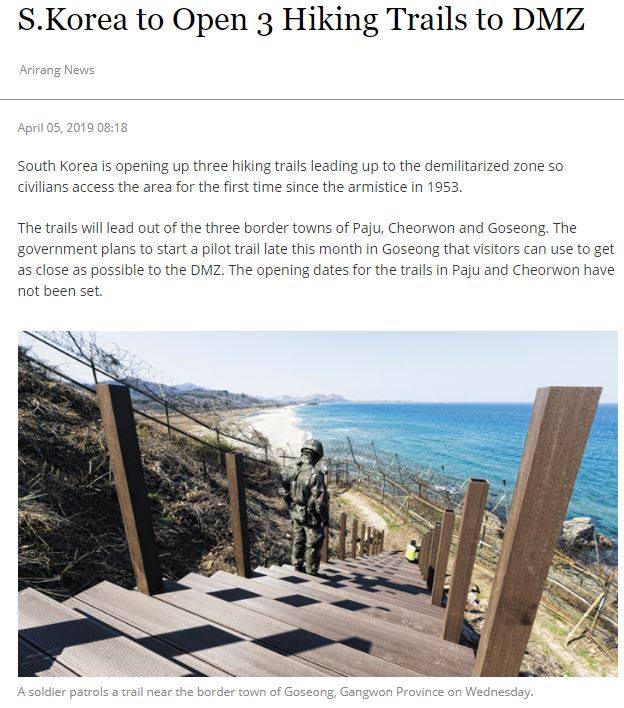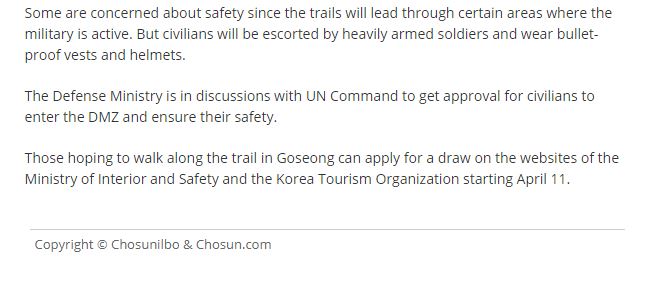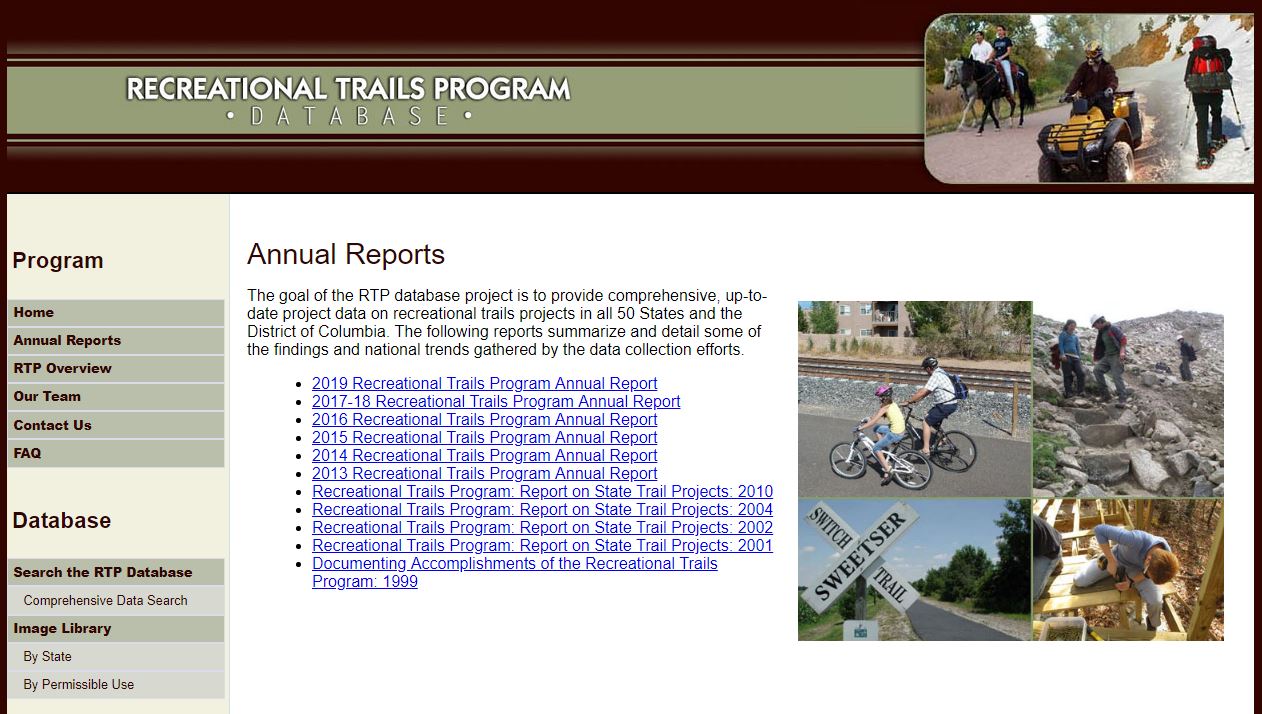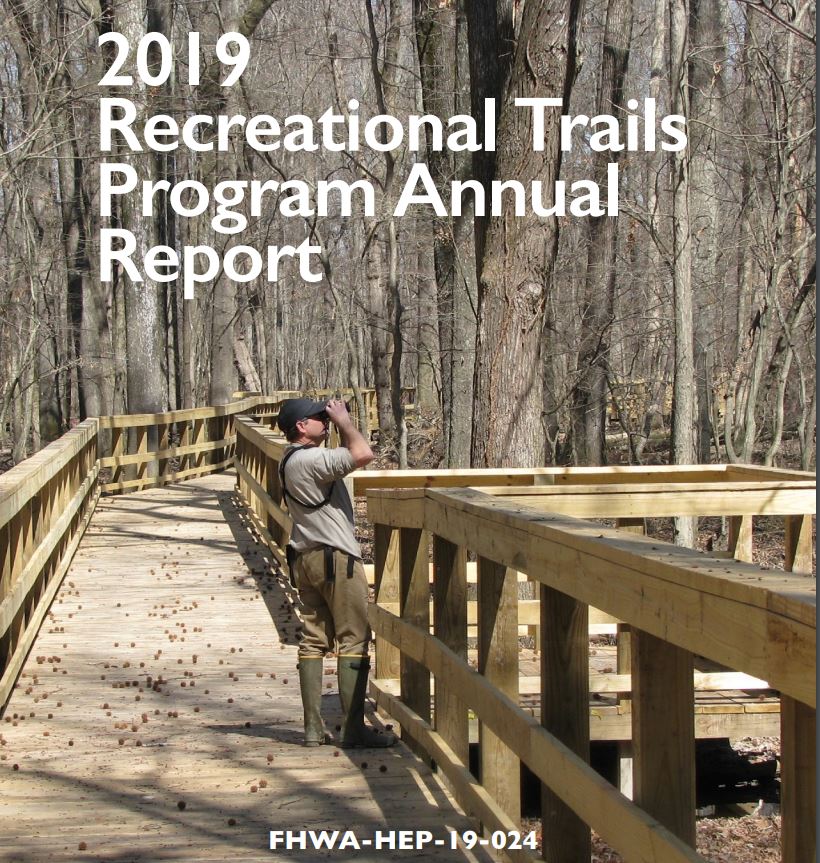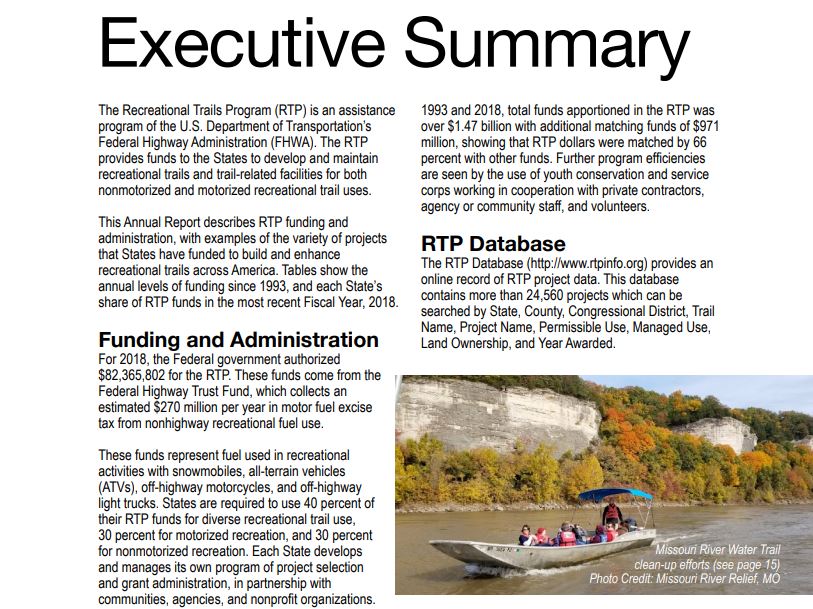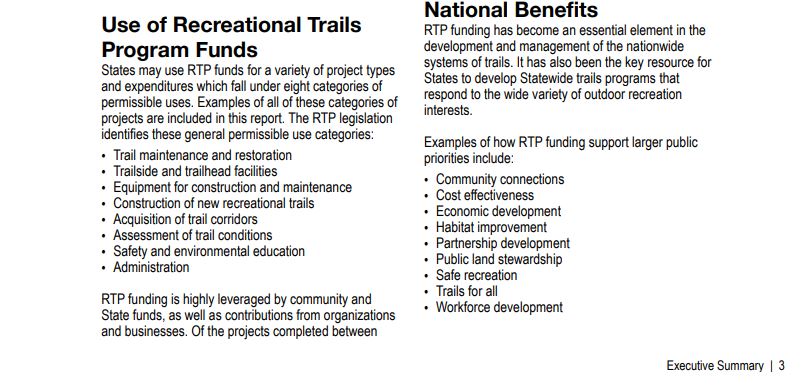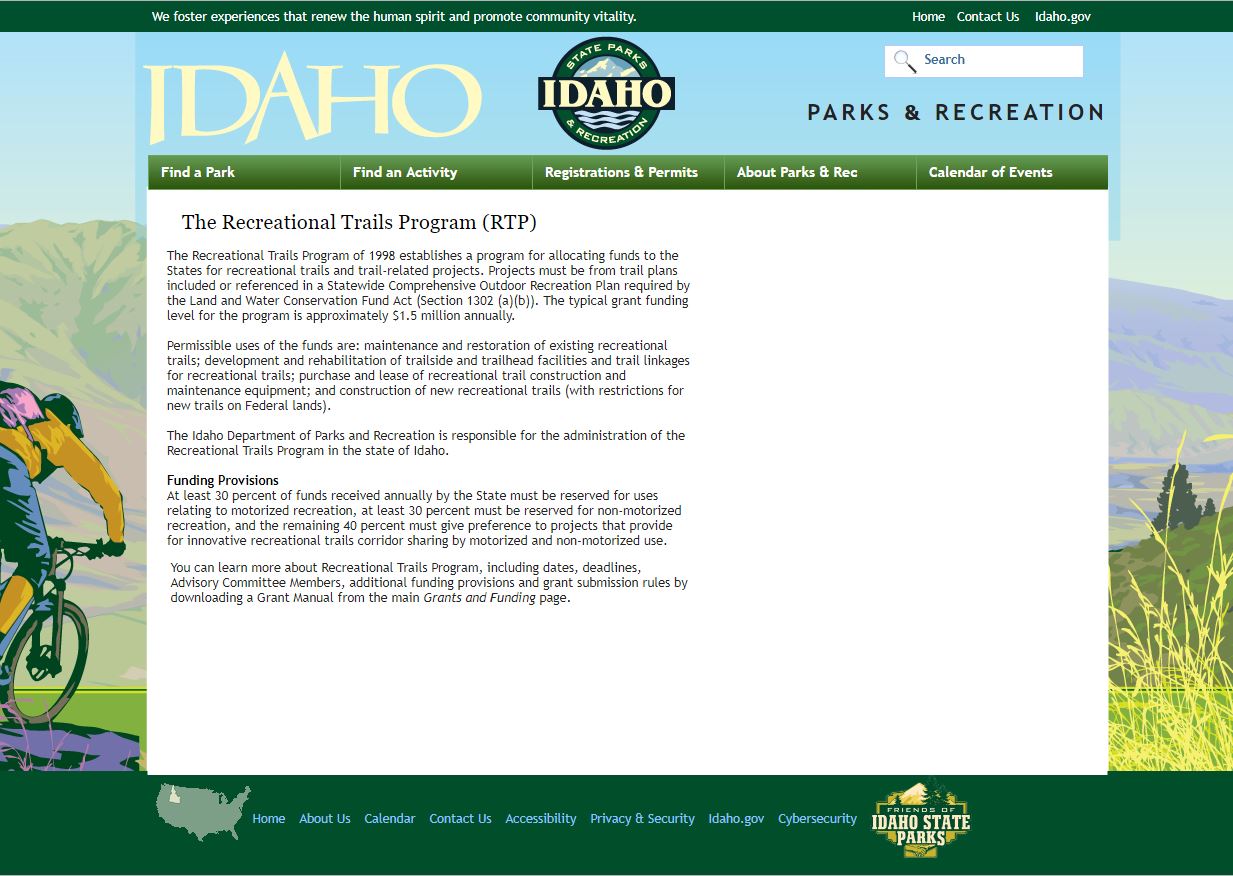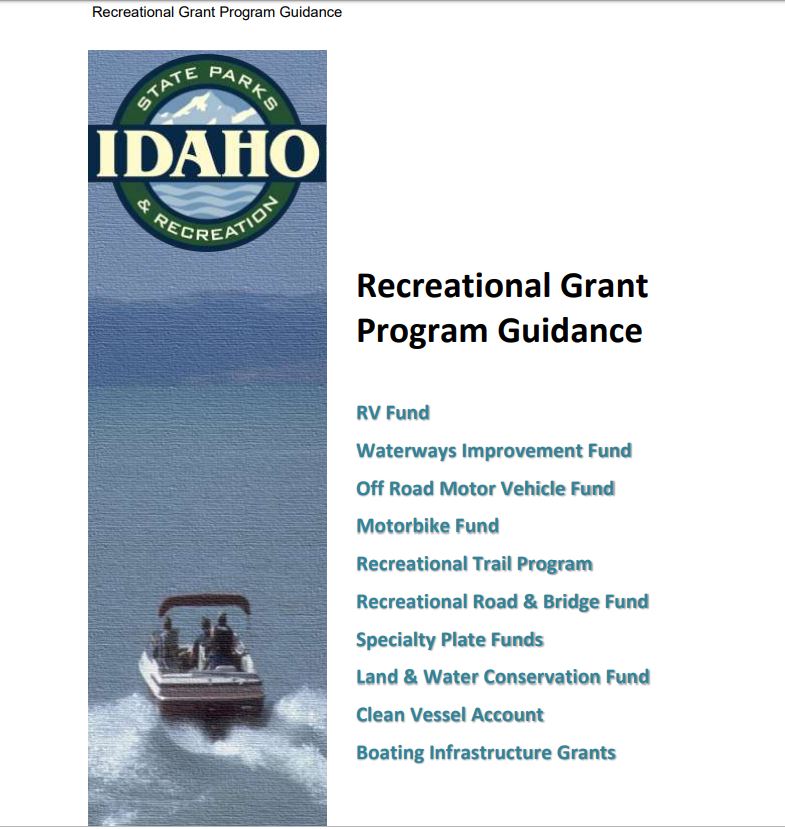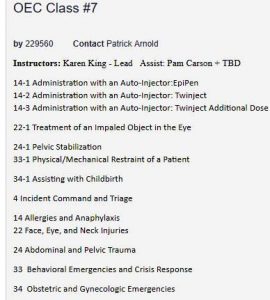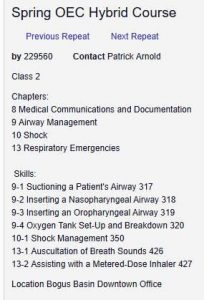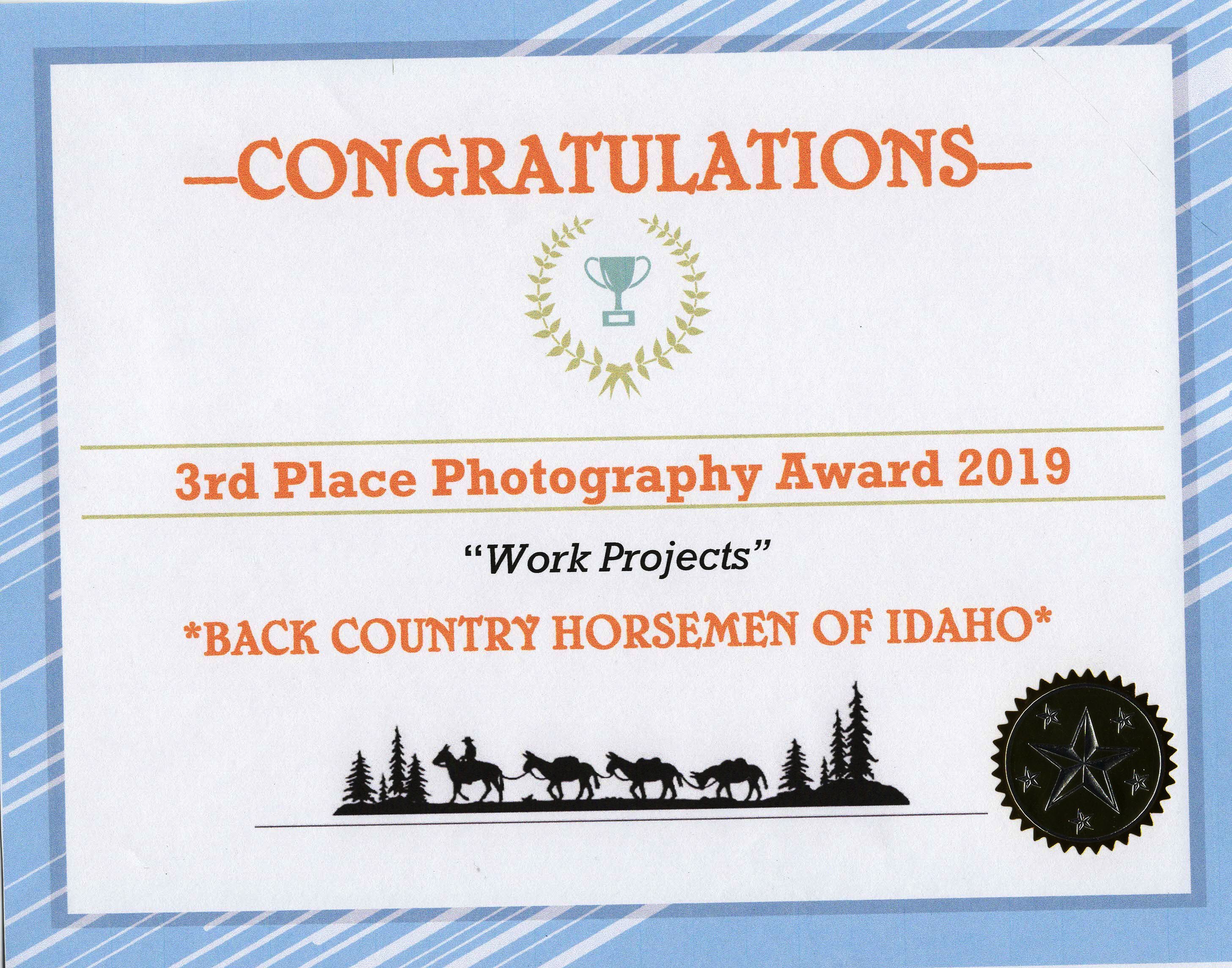 The Git-It-Done team of Lisa Griffith, Janine Townsend, Janelle Weeks, Shelly Duff and Kelly Ragland present a six hour clinic at the Emmett public arena on a perfect spring day. Twenty six members and guest attended. Including members from a local Boys Scout troop who will be working with Squaw Butte on our National Trails Day project.
The Git-It-Done team of Lisa Griffith, Janine Townsend, Janelle Weeks, Shelly Duff and Kelly Ragland present a six hour clinic at the Emmett public arena on a perfect spring day. Twenty six members and guest attended. Including members from a local Boys Scout troop who will be working with Squaw Butte on our National Trails Day project.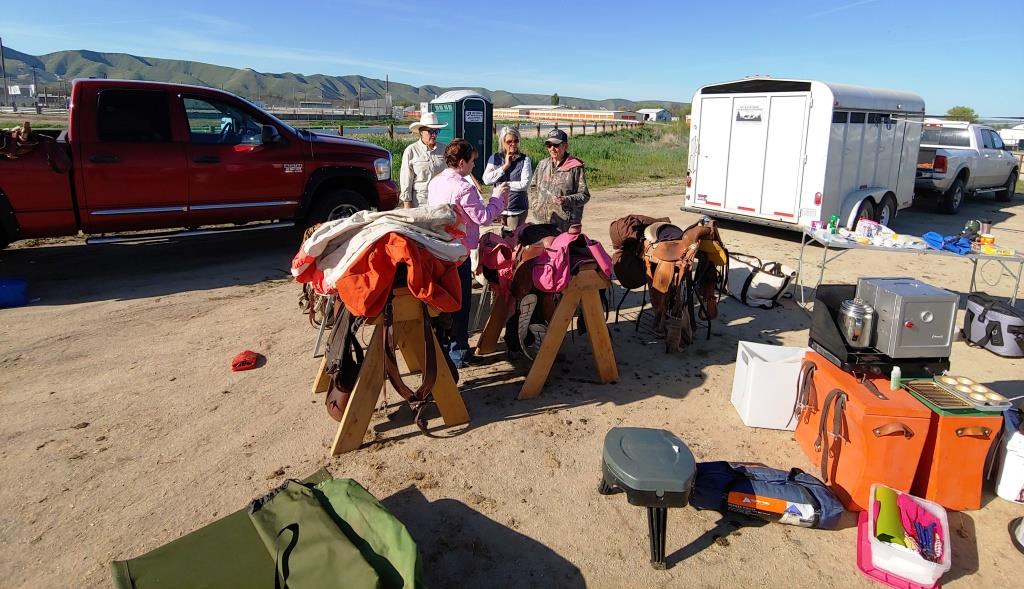 The woman have been planing this clinic for months and put together a great program of both hands on and demonstrations and lectures of what stock packing is and how you can use your stock to explore the back country.
The woman have been planing this clinic for months and put together a great program of both hands on and demonstrations and lectures of what stock packing is and how you can use your stock to explore the back country.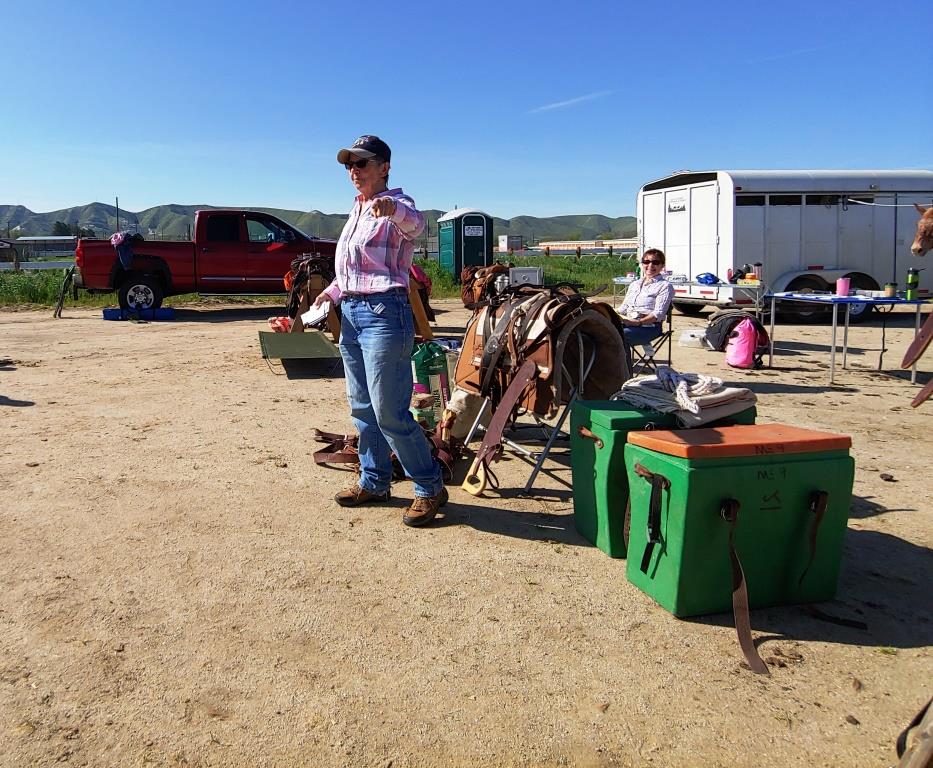 Lisa Griffith started the clinic explaining the goals and how the day would progress, Janine Townsend talked about basic equipment and stock care, Shelly Duff discussed different packing saddles and there use and correct fit on your pack stock.
Lisa Griffith started the clinic explaining the goals and how the day would progress, Janine Townsend talked about basic equipment and stock care, Shelly Duff discussed different packing saddles and there use and correct fit on your pack stock. 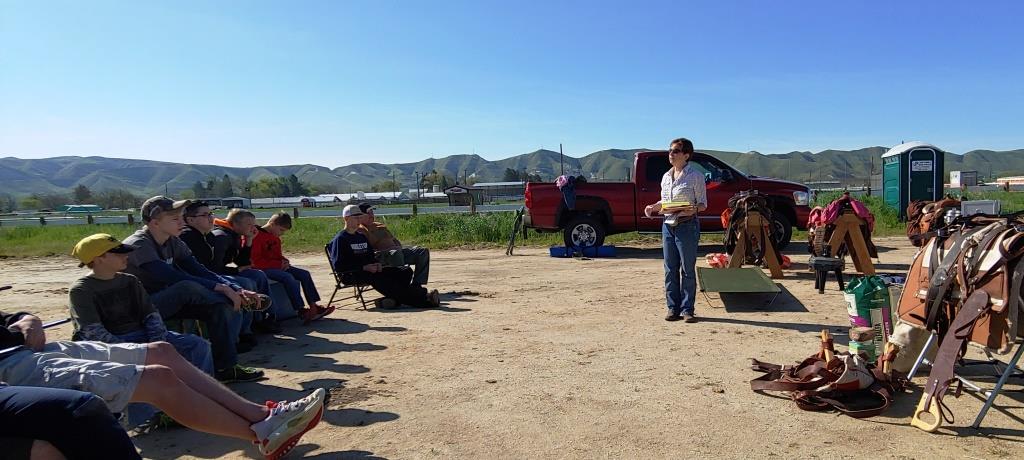
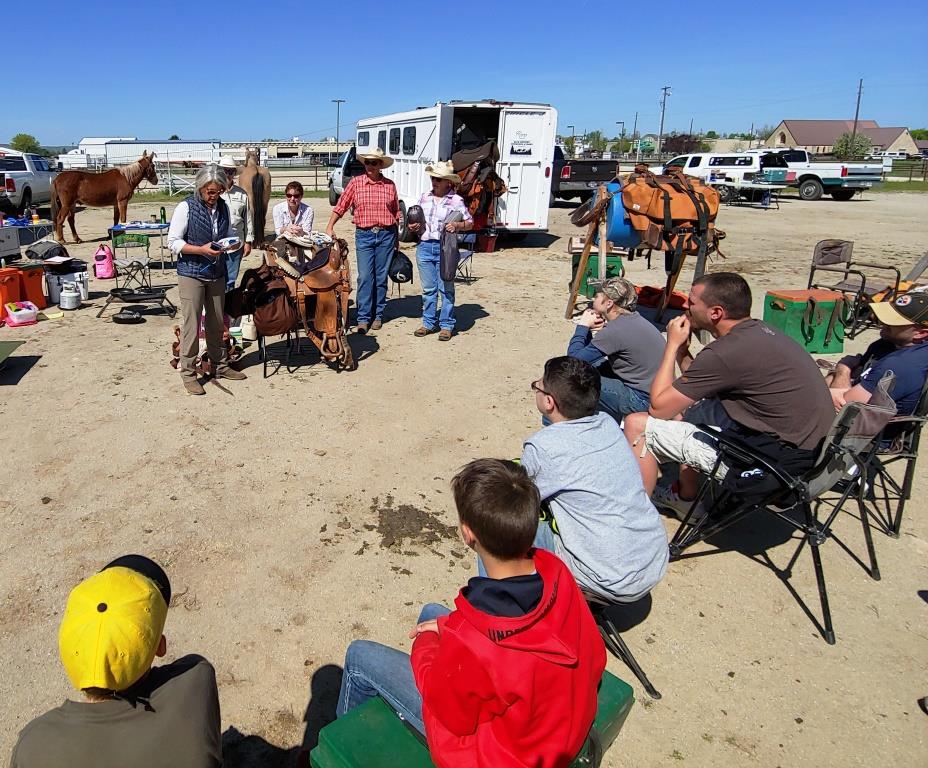
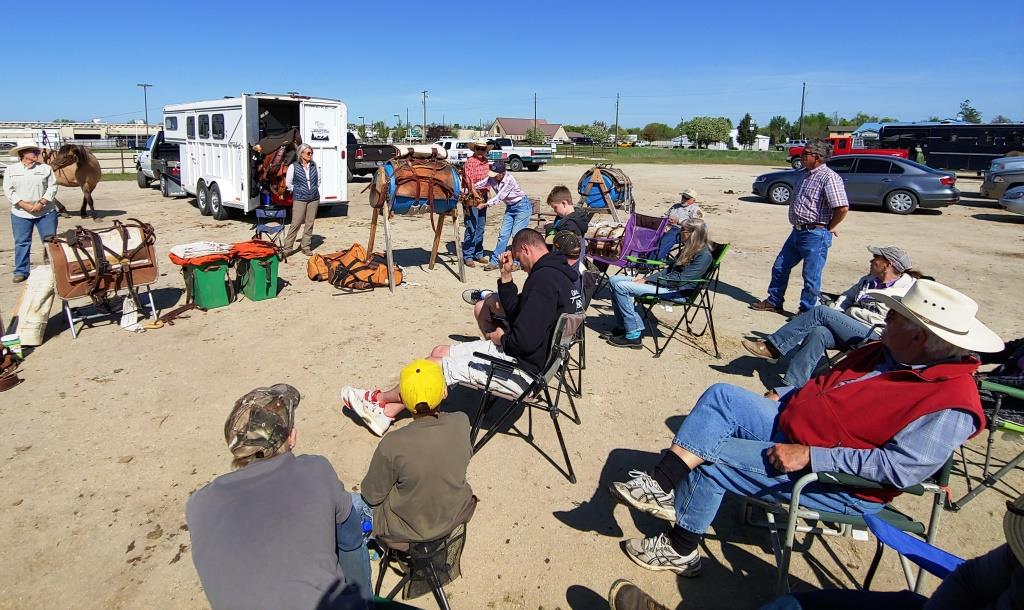 Janelle Weeks did a spellbinding presentation on how to “back pack” on your riding horse. Just like magic, she pulled a complete outfit out of her saddle bags, that included tent, sleeping bag, pad, spare cloths, first aid and personal items, cooking equipment and food. Total weight 23 pounds.
Janelle Weeks did a spellbinding presentation on how to “back pack” on your riding horse. Just like magic, she pulled a complete outfit out of her saddle bags, that included tent, sleeping bag, pad, spare cloths, first aid and personal items, cooking equipment and food. Total weight 23 pounds.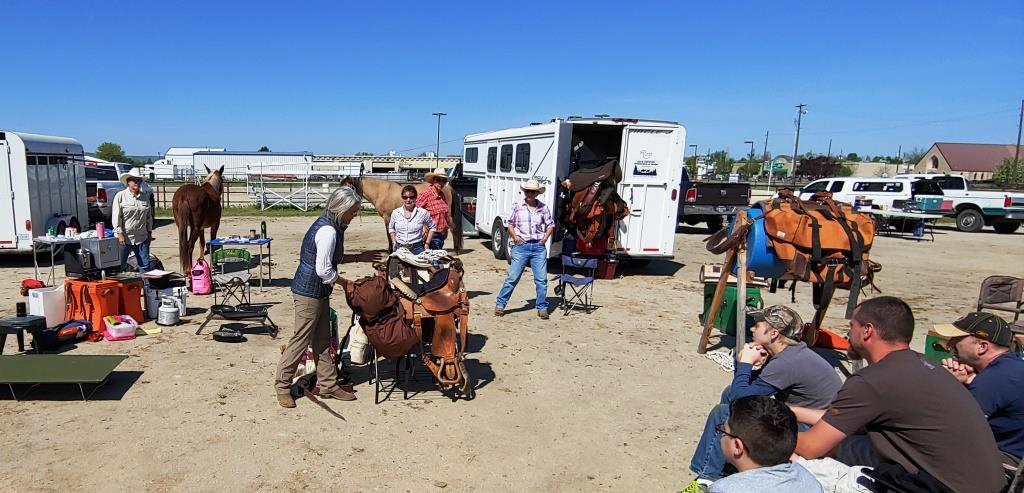 Kelly Ragland talked about first aid and kits for both humans and stock and that completed the morning session. Phil Ryan had grilled hot dogs, chips and drinks ready and the group enjoyed a great lunch.
Kelly Ragland talked about first aid and kits for both humans and stock and that completed the morning session. Phil Ryan had grilled hot dogs, chips and drinks ready and the group enjoyed a great lunch. 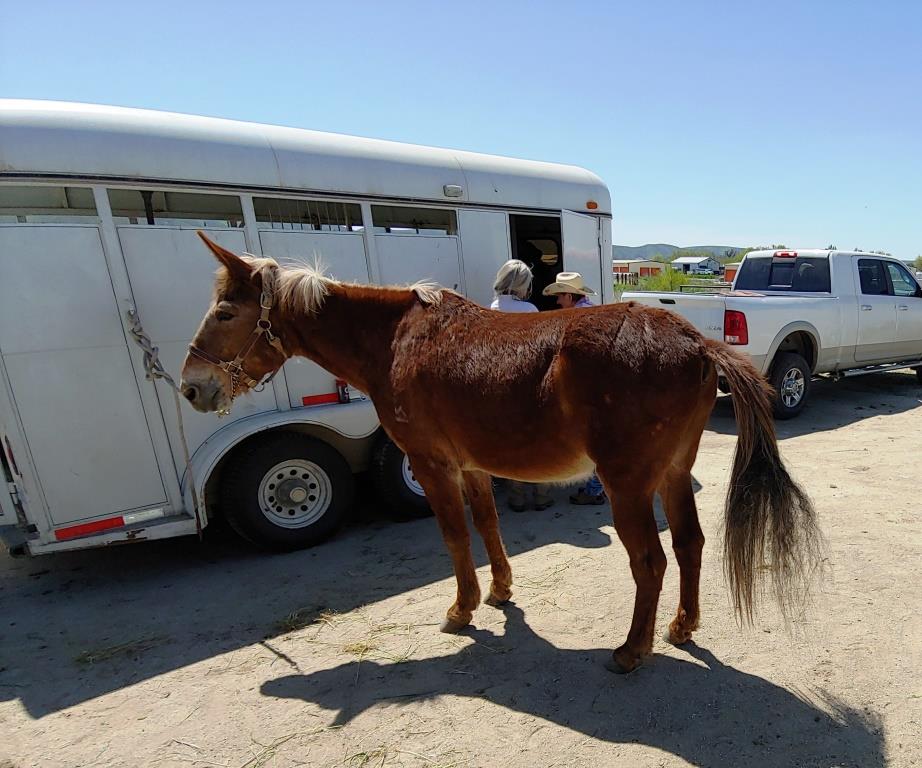 The team than brought the star of the show, Bubba the mule on stage and fitted a pack saddle on him, loaded boxes and an H-Pack and with the help of a couple of scouts pack him. We then broke up into groups and working with the “Blue” mules practiced a number of the items that had been discussed and answered a lot of great questions.
The team than brought the star of the show, Bubba the mule on stage and fitted a pack saddle on him, loaded boxes and an H-Pack and with the help of a couple of scouts pack him. We then broke up into groups and working with the “Blue” mules practiced a number of the items that had been discussed and answered a lot of great questions.
 Shelly Duff has a typical three horse goose-neck trailer with an RV mattress up front and a lot of stuff piled on the floor in the dressing room/storage space, like most of us with this style of trailer. In the summer of 2018 Lisa Griffith and her partner Levi Sayre converted her bumper pull trailers storage area into a cozy living quarters and Shelly was impressed. Over the winter Shelly cleaned out the area and Lisa and Levi went to work. This is the results.
Shelly Duff has a typical three horse goose-neck trailer with an RV mattress up front and a lot of stuff piled on the floor in the dressing room/storage space, like most of us with this style of trailer. In the summer of 2018 Lisa Griffith and her partner Levi Sayre converted her bumper pull trailers storage area into a cozy living quarters and Shelly was impressed. Over the winter Shelly cleaned out the area and Lisa and Levi went to work. This is the results.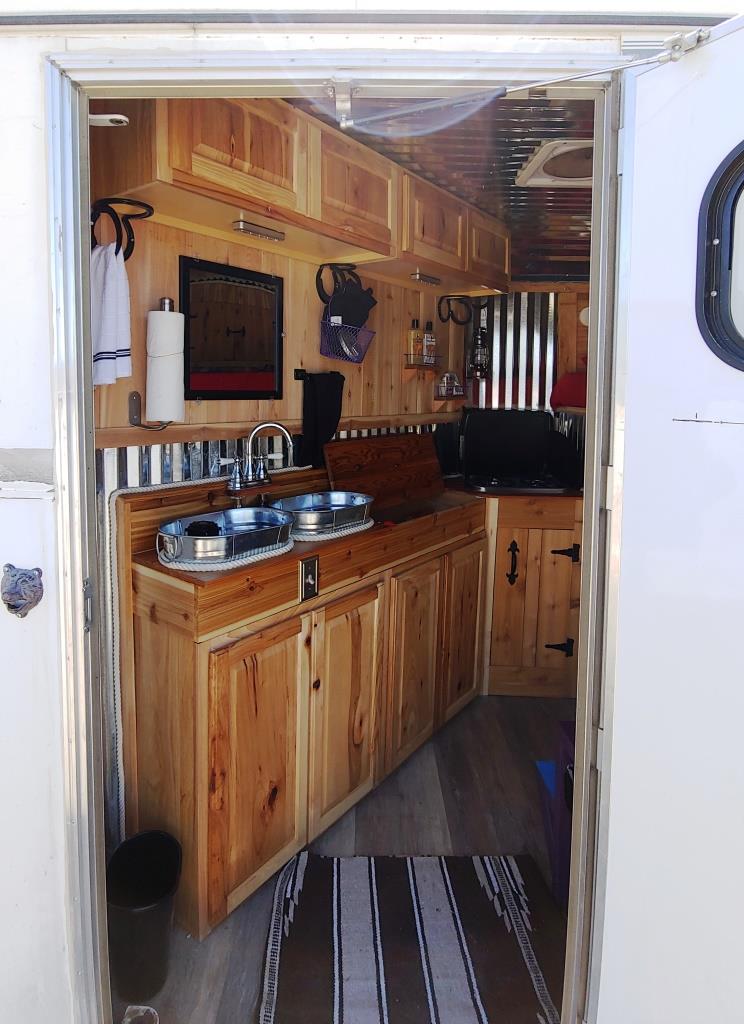

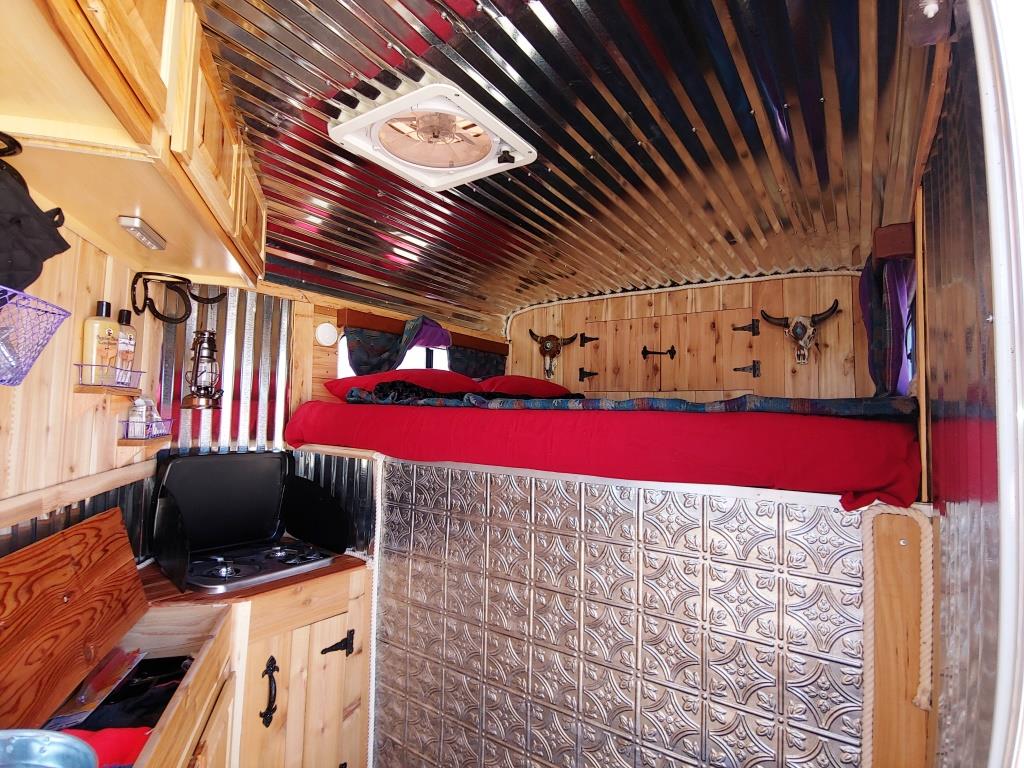 If you have always wanted a living quarters trailer, but didn’t want the size and cost that they generally entail, consider contacting Lisa and Levi to see what they might do with your current one.
If you have always wanted a living quarters trailer, but didn’t want the size and cost that they generally entail, consider contacting Lisa and Levi to see what they might do with your current one.
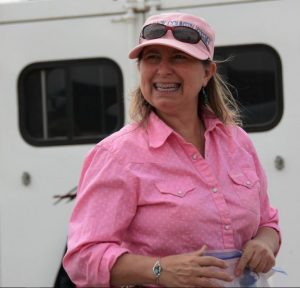
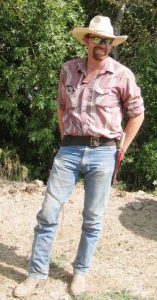
A combination of planning, collaboration, hard work, and luck produced a wonderful Fine Art Photography exhibit called The Wild Horses of Idaho – Mustangs of the East Fork and Challis Basin which premiered at the MESH Gallery at Heritage Hall in Ketchum, Idaho on Saturday night (May 26th, 2018).
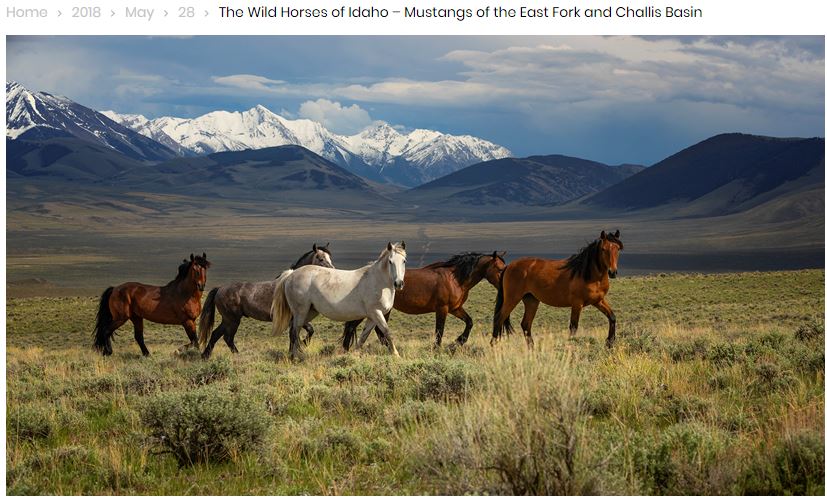 After eight months of planning and reconnaissance by MESH Art, Claire Porter and Jeff Lubeck conducted a multi-day photo-shoot in the Mountains of Idaho. In less than a one-weeks time the photographic artworks were created, printed, framed, and placed in the gallery for display. The exhibit includes a back-story narrative, maps, and behind the scenes photos. The exhibit will be on display through June 17th, 2018.
After eight months of planning and reconnaissance by MESH Art, Claire Porter and Jeff Lubeck conducted a multi-day photo-shoot in the Mountains of Idaho. In less than a one-weeks time the photographic artworks were created, printed, framed, and placed in the gallery for display. The exhibit includes a back-story narrative, maps, and behind the scenes photos. The exhibit will be on display through June 17th, 2018.
The Mustang is a free-roaming horse of the American West. It is a decedent of horses brought to America by the Spanish. Technically the Mustang is considered a feral horse given its domesticated linage.
See my Post Wild Horse Reconnaissance for more background on the Challis Herd and logistics of the photo-shoot.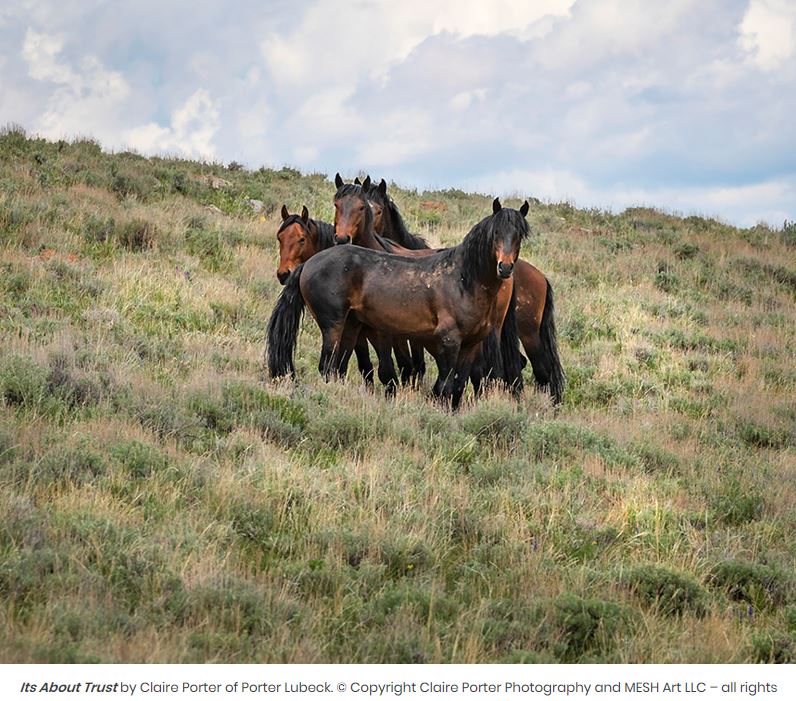
Jeffrey H. Lübeck
MESH Art LLC.
420 4th Street East
Ketchum, Idaho 83333
(208) 720-9114
jeffreylubeck@mac.com

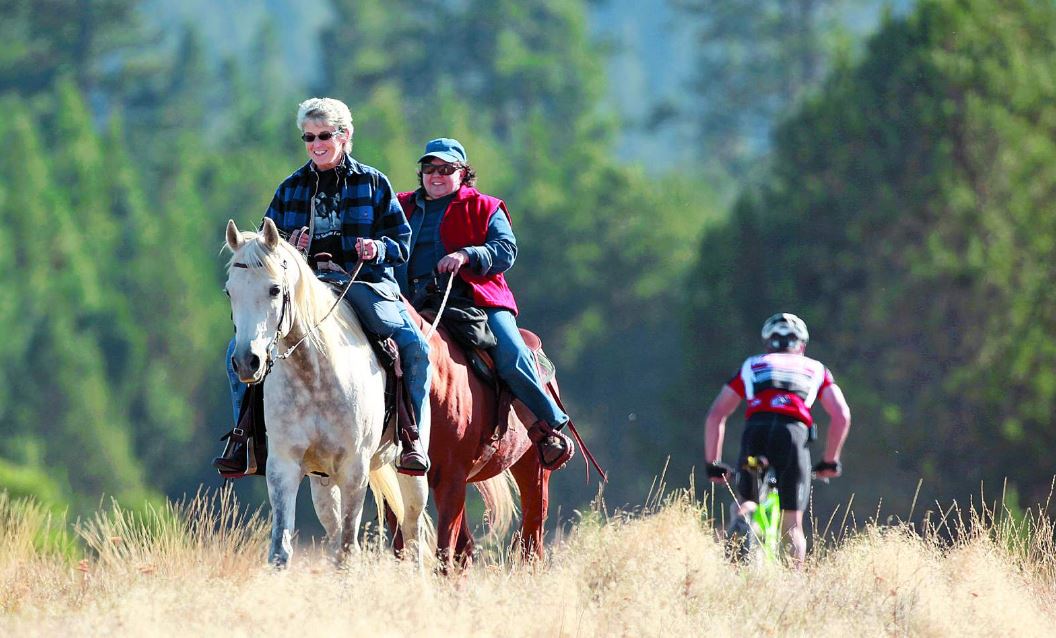
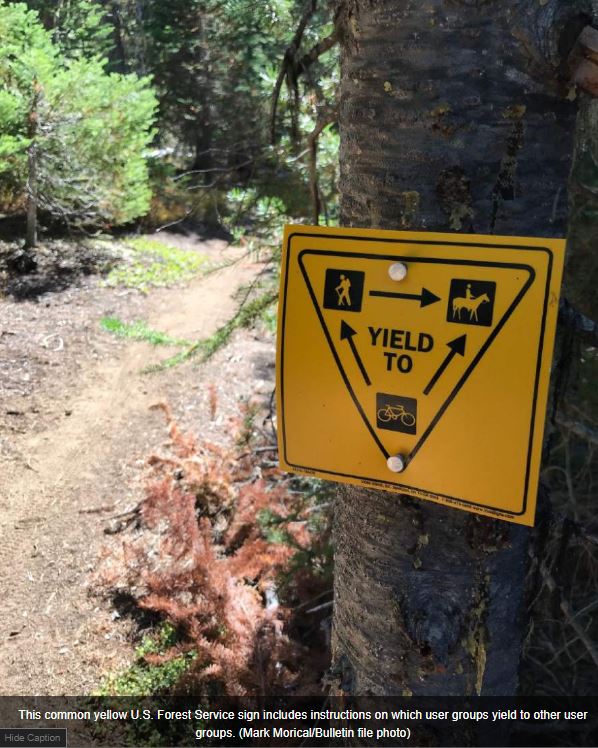
 As the snow continues to melt across Central Oregon, outdoors enthusiasts of all types are getting increasingly eager to venture out onto dirt trails.
As the snow continues to melt across Central Oregon, outdoors enthusiasts of all types are getting increasingly eager to venture out onto dirt trails.
Hikers, runners, mountain bikers and horseback riders are all ready to enjoy spring on the area’s seemingly endless network of paths.
But before they do so, perhaps a refresher on trail etiquette is in order. Yes, the Bend area is growing and the trails are getting more use. But knowing how to react when you encounter another trail user — and knowing the rules regarding dog-leash restrictions and muddy trails — can greatly add to everybody’s enjoyment of our renowned trail system.
Right of way
The yellow upside-down triangle sign that is affixed to trees on certain trails where there might be conflict among users offers perhaps the simplest explanation for who yields to whom: Mountain bikers yield to both pedestrians and equestrians; all user groups yield to equestrians.
This is mostly for safety reasons, as some horses can spook easily and knock their riders off if a mountain biker or runner comes whizzing by without yielding or warning.
“It’s always good to communicate with a person on horseback and get some feedback,” says Jana Johnson, dispersed recreation team leader for the Deschutes National Forest. “And to be ready to dismount if you can or to get off the trail. Yeah, some horses get spooked if someone comes around a corner quickly. But they all react in different ways depending on the horse. There’s some hazards associated with that.”
At areas such at Horse Butte, just east of Bend, encounters between mountain bikers and horseback riders are fairly common. Other high-use areas, such as the Phil’s Trail network west of Bend, do not have as much equestrian use.
At some popular areas, such as Peterson Ridge near Sisters and Maston near Tumalo, separate trails have been built for mountain bikers and horseback riders.
“Most of our trails are multiple use, so it’s always a good idea to follow the yield sign, but also a friendly gesture to say hello to other user groups,” Johnson says. “I find that can just send a message, that hey, we’re all out here enjoying the same thing and we can all enjoy it together by being respectful to each other. The trails are starting to dry out now and become snow-free. People are definitely starting to get out now.”
Woody Keen, trails program director for the Central Oregon Trail Alliance (COTA) and a retired professional trail contractor, says mountain bikers ride different trails accordingly. If they are riding a one-way trail in the Phil’s system they are unlikely to encounter a horseback rider, hiker, or other mountain biker. But if they are riding, for instance, the Metolius-Windigo Trail or the Deschutes River Trail, they know they are likely to come across hikers or horseback riders.
“When I’m out riding the Deschutes River Trail, which is predominantly a hiking trail, my reactions need to be different than in the same situation on Phil’s Trail,” Keen says.
He adds that trail users should also be cognizant of the predominant user group and which user group was responsible for designing and building the trail they are on.
“Understand who’s actually taking care of the trails,” Keen says. “I think that goes a long way, giving that respect. Understand how these trails came to be. I think that would go a long way toward helping to reduce potential conflict. We need to figure out how to get along and reduce conflict through better education and more signage, and better camaraderie on working on that common trail.”
As mountain biking continues to grow in popularity in Central Oregon, encounters among bikers are increasingly common. The main rule is that the rider traveling uphill has the right of way.
That can be confusing for several reasons. For starters, many of our trails in Central Oregon are relatively flat. Also, does that mean uphill in general, as in riding west of Bend toward the Cascade Range? No, says Keen. It means any uphill section.
“If you’re going west, you’re generally going uphill, but there are places where you’re going downhill,” Keen says. “Coming back toward town (Bend), you generally are descending. The key is just looking ahead and expecting other users and respecting other users. It’s situation specific.”
Dogs
Keen says that one of the most prevalent types of user conflicts recently has been off-leash dogs versus on-leash dogs.
The vast majority of the Deschutes National Forest allows off-leash dogs. According to the U.S. Forest Service, from Nov. 1 to May 1, dogs are allowed on all but 1 % of the Deschutes National Forest. The area where dogs are not allowed is located north of the Cascade Lakes Highway (west of Bend) and includes areas accessed by the Virginia Meissner, Swampy Lakes, Vista Butte and Dutchman sno-parks.
During the summer, about 54 miles of the 1,200 miles of trails on the forest have an on-leash requirement, according to the Forest Service. These trails include the Three Sisters Wilderness Area between the South Sisters Climbers Trail and Todd Lake from July 15 to Sept. 15. Also, dogs must be leashed on a portion of the Deschutes River Trail (between Benham Falls and Meadow Camp) from May 15 to Sept. 15, except when entering or exiting water sources to swim and play.
Muddy trails
Many trails remain covered in snow and ice, and some are muddy from a combination of snowmelt and rainfall. Trail users are advised by both the Forest Service and COTA to stay off muddy trails, because using them can leave ruts from footprints, tire marks, or horse hooves that dry and harden later in the spring.
“Wait until they drain and firm up a little more, and dry out,” Johnson says. “Those ruts can last for a long time.”
Mountain bikers can check bendtrails.org for information on conditions of area trails.
“It was a pretty long winter — it still is,” Keen says. “I get that people want to go recreate on dirt trails. I understand that. But we ask people to use good judgment and if you observe that you are leaving tread damage because the trail is too soft, turn around and go somewhere else.”
—Reporter: 541-383-0318,
mmorical@bendbulletin.com
 http://www.bbsp.org/ https://www.facebook.com/bogusbasinskipatrol/
http://www.bbsp.org/ https://www.facebook.com/bogusbasinskipatrol/
Service and Safety
Written by Carol Peterson
Service and Safety……………….Since the inception of the National Ski Patrol by Charles Minot “Minnie” Dole in 1938, “Service and Safety” has been the NSP motto. Keeping people safe on the mountain and during other outdoor activities is the mission of every patroller wearing the red jacket with the white cross on back.
Could you be a patroller? Would you like to become a member of an organizations whose core values are Excellence, Service, Camaraderie, Leadership, Integrity and Responsiveness? Life happens and the patrol is continually looking for snow sport enthusiasts willing to give their time and skills to help recreationalists be safer during their outdoor pursuits.
The Bogus Basin Ski Patrol is a mostly volunteer organization that primarily provides support for the Bogus Basin Mountain Resort non profit organization that is entrusted with the stewardship of the ski area by the U.S. Forest Service. The support we provide is emergency first aid services. We respond, assess, treat, package, and transport to higher medical authority. Now that we have the technical accurate description out of the way, we can talk about what is ‘under the hood’. Basically, we are a large family. After the shared adversity of enduring the 15 months that it takes to become a patroller, you really get to know your fellow candidates, the patrollers that train you, and the whole patrol family.
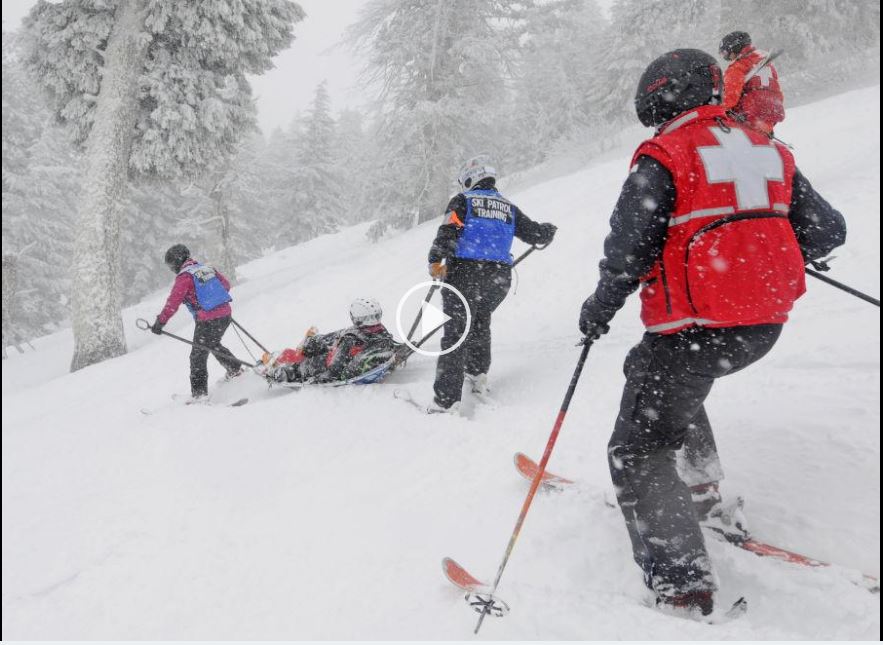
Do I need prior medical or emergency medical care experience?
No. The patrol training program begins with the Outdoor Emergency Care (OEC) training course. This is a comprehensive class and practical training program that has been developed and refined over the years by the National Ski Patrol. It is intense and requires good personal study habits. You must, ultimately, successfully demonstrate that you have learned the knowledge and are able to perform the treatment skills that this course covers in a series of written and practical tests. So while prior experience is a benefit the curriculum requires only that you make a strong commitment to learn – and succeed in doing so.
On April 6, 2019 eleven Squaw Butte members joined five Bogus Basin Ski Patrol members lead by Karen King to take a one day version of their “OEC” Outdoor Emergency Care training course. This very hands on course is tailored by Karen and her team to target the types of medical emergencies that Back Country Horsemen might encounter on the trail, and what steps to take and what not to do, until the injured party is delivered to higher medical assistance.
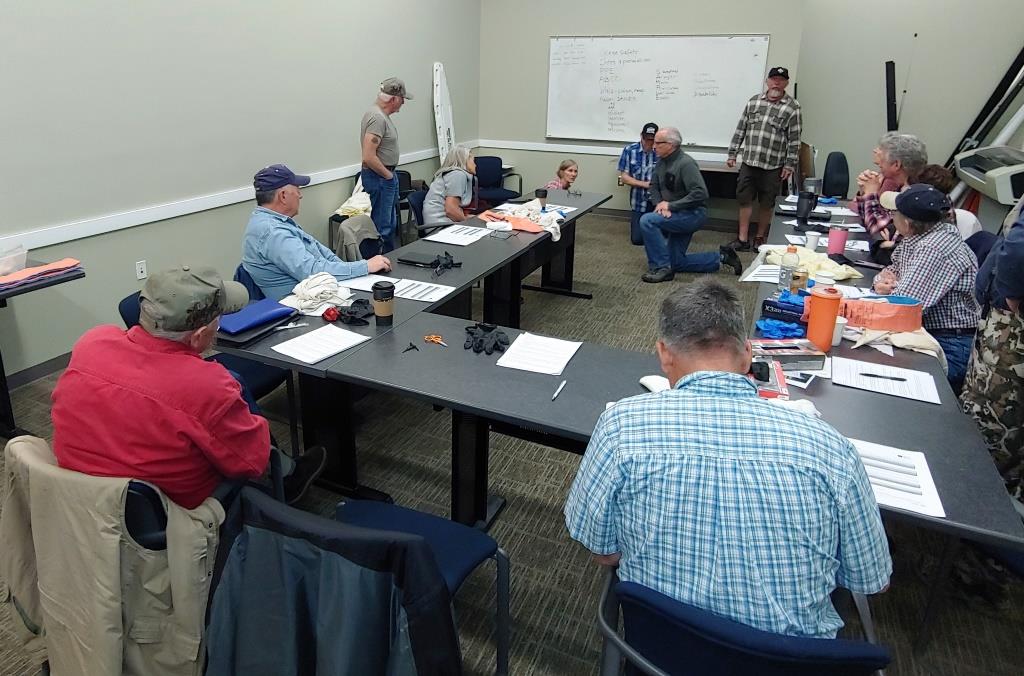
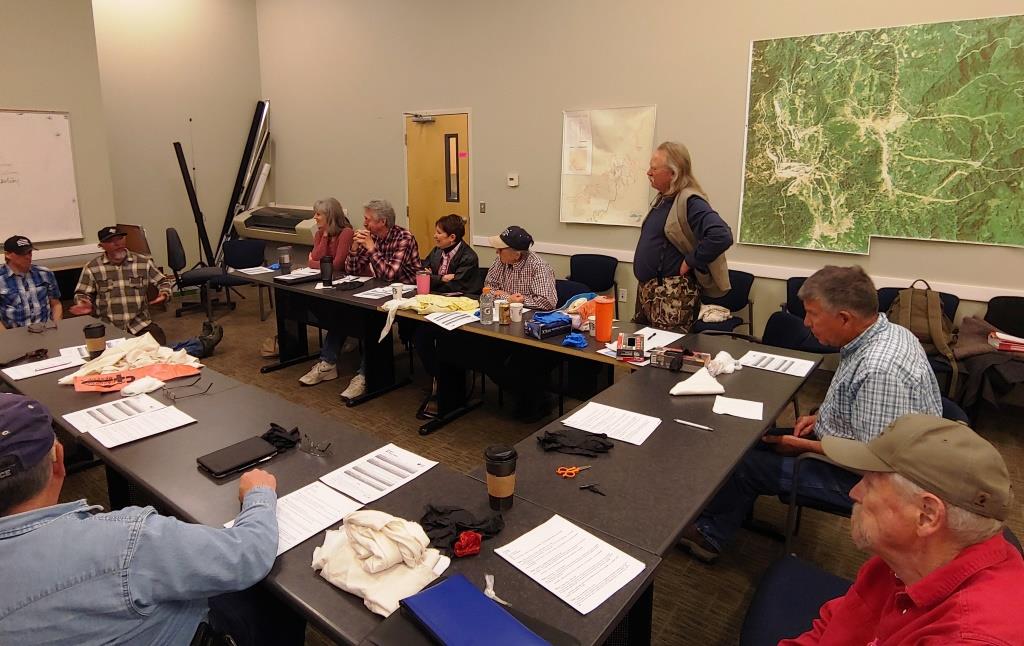
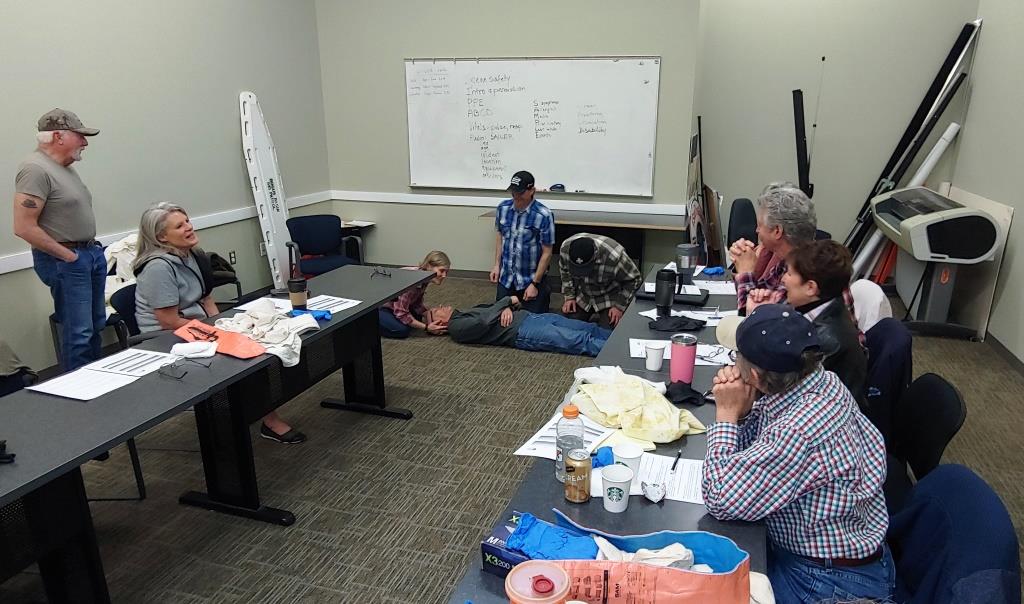 The BBSP team would demonstrate and then we would break up into small groups and practice the procedure, during which questions were ask, suggestions made and techniques learned. 2019 Outdoor First Aid Class Summary
The BBSP team would demonstrate and then we would break up into small groups and practice the procedure, during which questions were ask, suggestions made and techniques learned. 2019 Outdoor First Aid Class Summary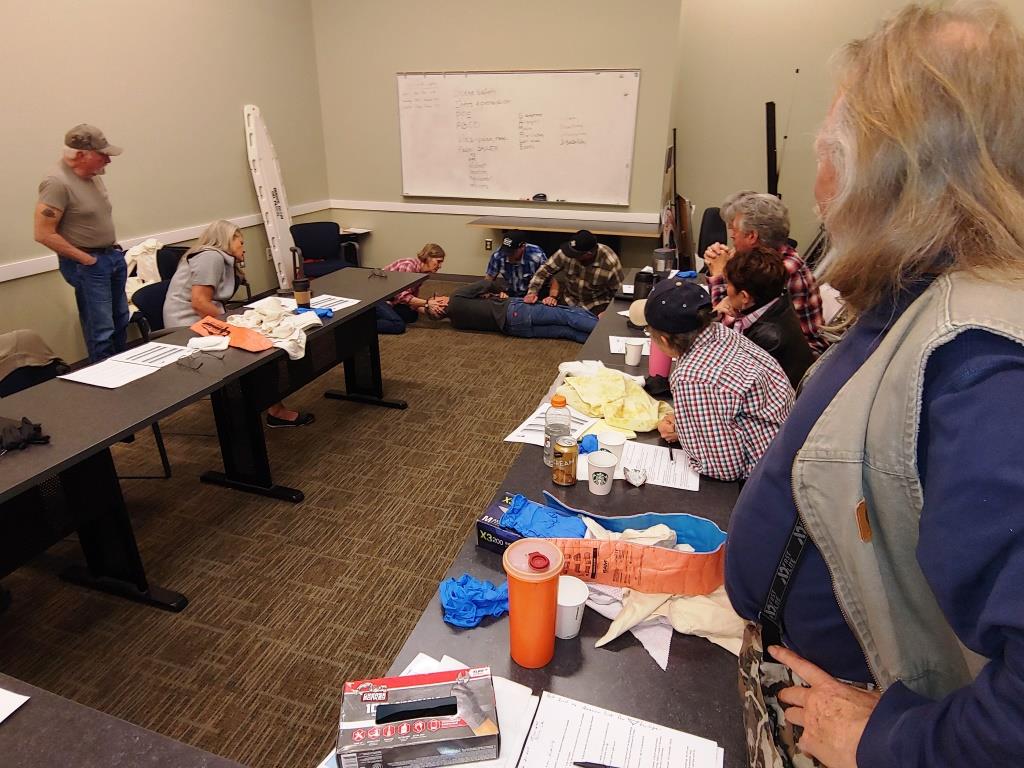
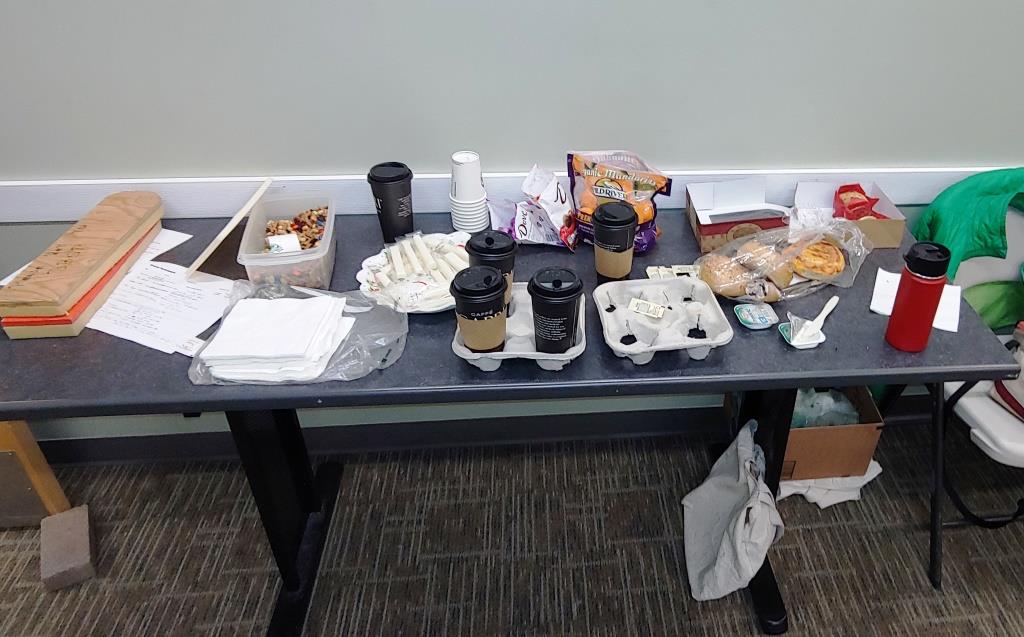 Coffee and snacks were available to fuel attendees and during the short lunch break we grabbed by the slice pizza from a shop near by. During the whole day, Bogus Basin staff selling season passes and taking in rental ski packages could hear the laughter through the walls of the training room. If you have not attended one of these classes, it is highly recommended you do in the future, you will greatly increase your knowledge and have a great time doing it.
Coffee and snacks were available to fuel attendees and during the short lunch break we grabbed by the slice pizza from a shop near by. During the whole day, Bogus Basin staff selling season passes and taking in rental ski packages could hear the laughter through the walls of the training room. If you have not attended one of these classes, it is highly recommended you do in the future, you will greatly increase your knowledge and have a great time doing it.
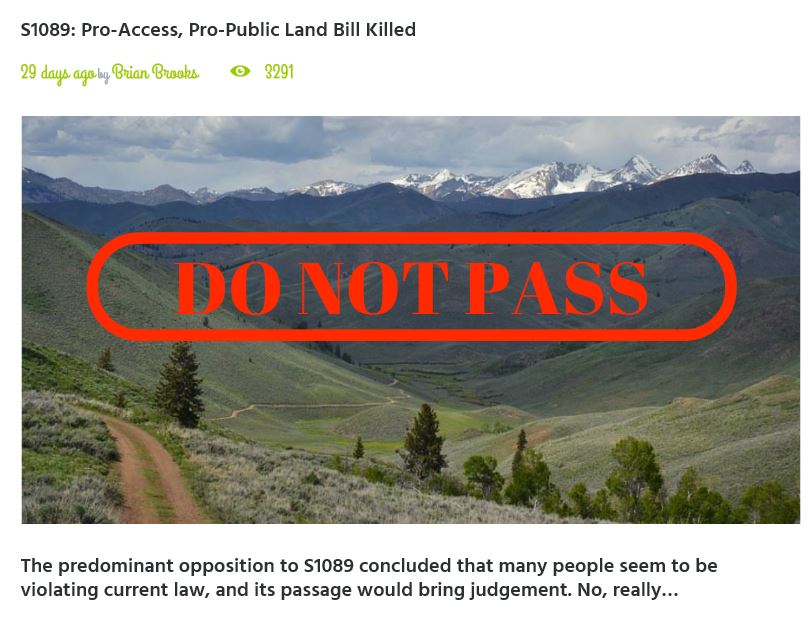 We made it pretty far with the only piece of pro-access legislation of the 2019 session. In fact, it’s the only pro-sportsman related bill introduced this year, period. We provided the committee with high profile news reports of illegal access obstruction going unpunished, and the cultural and economic reasons to support public property rights. Ultimately non-issue concerns, obfuscating the true purpose of S1089, and the Wilks brothers’ testimony won the day.
We made it pretty far with the only piece of pro-access legislation of the 2019 session. In fact, it’s the only pro-sportsman related bill introduced this year, period. We provided the committee with high profile news reports of illegal access obstruction going unpunished, and the cultural and economic reasons to support public property rights. Ultimately non-issue concerns, obfuscating the true purpose of S1089, and the Wilks brothers’ testimony won the day.
IWF has made good headway for this idea of civil enforcement of access obstruction, and will carry that momentum today through the 2020 legislative session. But meanwhile, let’s dig into what we learned at the hearing:
The Wilks Bro’s personal lobbyist testified and worked to kill the bill. The lobbyist also happened to be the lawyer who wrote the Trespass Bill of last year. No surprise there, but upsetting that 6 of the 9 legislators sided with out-of-state billionaires over Idahoans, again. The lobbyist opined that S1089 would criminalize innocent behavior, but there are two things to point out about that claim. 1) The bill clearly addresses only “willful” acts, not accidental. 2) The Attorney General opinion for S1089 refutes that claim.


